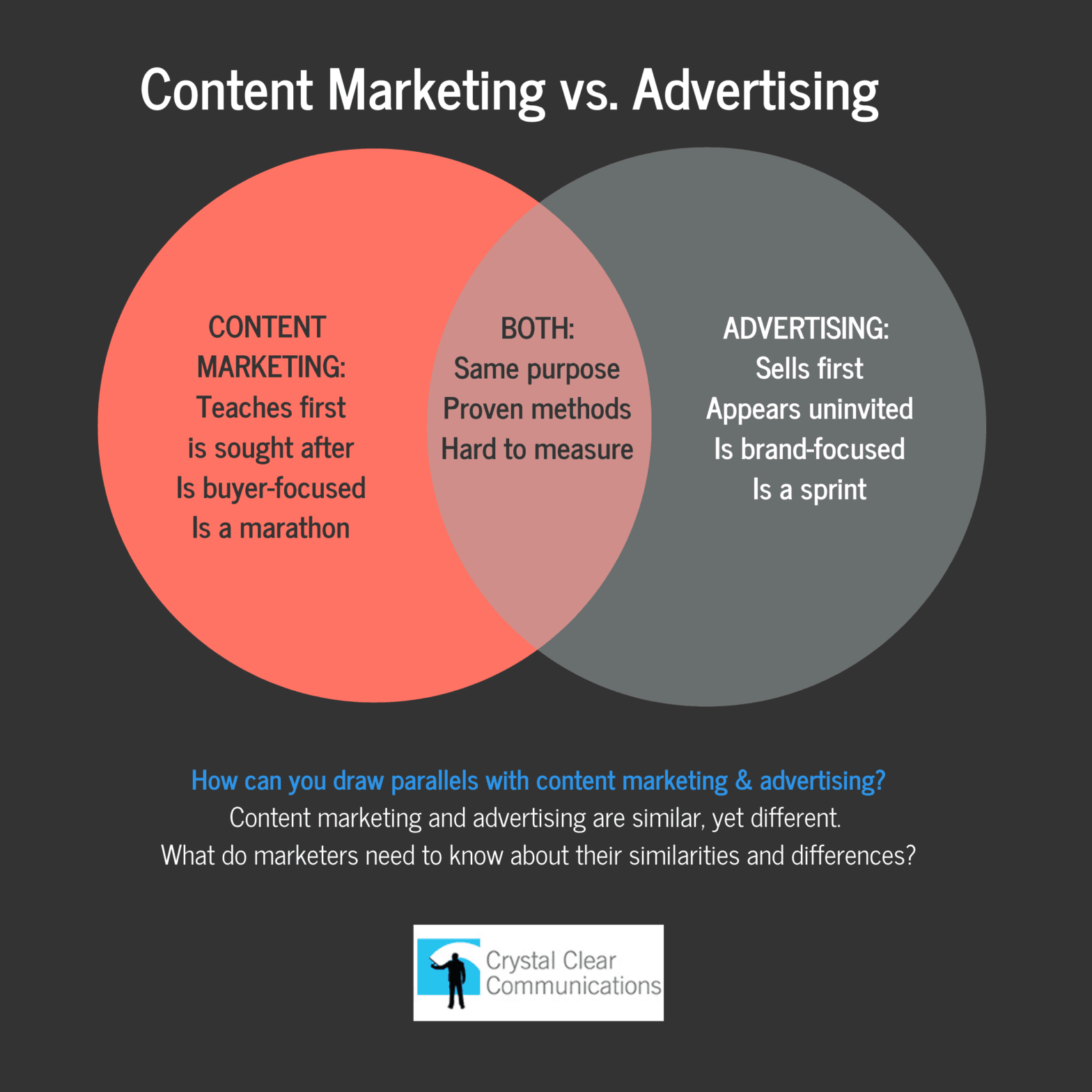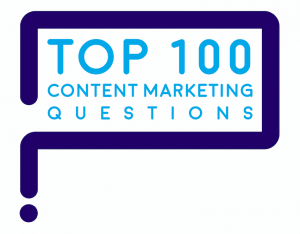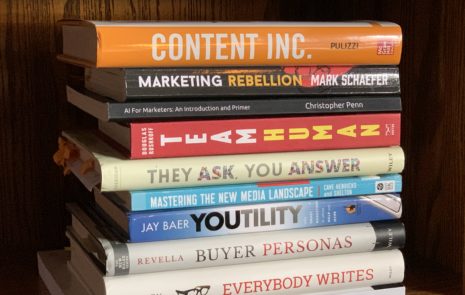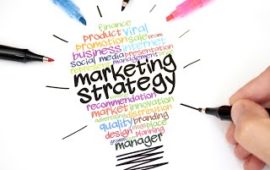
Top 100 Content Marketing Question: How can you draw parallels with content marketing and advertising?
Content marketing and advertising are similar, yet different. What do marketers need to know about their similarities and differences?
How content marketing and advertising are alike
Both content marketing and advertising share the same purpose. They’re well-established ways to grow a business. They present similar challenges when it’s time to measure return on marketing investment.
1. Content marketing and advertising share a purpose – to create and keep a customer.
But they do that job in different ways.
Advertising pushes a sales message in paid media, interrupting an audience. Content marketing pulls in buyers who are searching for useful, valuable, relevant information.
It’s important to clearly distinguish between content and content marketing.
When your goal is to convert users into buyers and repeat buyers, that’s content marketing. If converting users into buyers is not your goal, that’s just content.
2. Content marketing and advertising are proven.
Advertising is a centuries-old practice. Ad Age’s timeline traces the roots of American advertising back to a newspaper ad that appeared in 1704.

Content marketing began in America in 1739, when Benjamin Franklin published Poor Richard’s Almanac to promote his printing business.
The term “content marketing” began to take off in 2011, as Heidi Cohen observes.
Here’s the Content Marketing Institute timeline on the history of content marketing, including 3 key milestones:
- John Deere’s magazine for farmers, The Furrow, has circulated continuously since 1897.
- The Michelin Guide first appeared in 1900.
- The Guinness Book of World Records appeared in 1955.
All three continue to be published today. Why is that important?
Because, unlike campaign-based advertising, content marketing runs a marathon. To succeed, it must deliver relevant content consistently, over a long period of time.
Advertising, on the other hand, shows up as a series of campaigns, like a series of sprints.

3. Content marketing and advertising results are hard to measure.
As John Wannamaker said a century ago, “Half the money I spend on advertising is wasted; the trouble is I don’t know which half.”
The measurement problem boils down to an attribution dilemma. Should your company give credit to the first customer touch point, the last touch point, or a mix of touch points?
Measurement of content marketing is a tough challenge for consumer marketers, in particular. It’s hard to attribute results to content marketing alone when your company also uses advertising, promotion, PR, events and other marketing strategies.
To attribute results clearly to content marketing alone, here’s where to start – in a greenfield or brownfield.

How content marketing and advertising differ
Content marketing and advertising differ in 4 fundamental ways.
1. Content marketing teaches first. Advertising sells first.
Marketing makes a fundamental choice. Whether to show up as a teacher or a sales person.
Content marketing teaches. It uses the soft sell.
Advertising sells, usually with hard sell techniques.

The soft sell of content marketing focuses on educating potential customers. So they make smarter buying decisions in the future. So they buy your brand.
It works because a soft sell takes the time to build a relationship of trust between the seller and buyer, based on useful, relevant information.
The hard sell focuses on telling customers to “buy my product,” which is why people avoid it.
2. Content marketing is sought after. Advertising is uninvited.
Advertising never seeks customers’ permission. It pushes a brand and product in paid media, interrupting people when they’re doing something else.
Advertising shows up like an uninvited guest. That’s why people avoid or block ads.

Content marketing is permission marketing, as Seth Godin describes it. Its ultimate goal is winning customers’ permission to market to them in the future.
Buyers grant permission for ongoing marketing when they subscribe to your blog, magazine or newsletter.
3. Content marketing is buyer-focused. Advertising is brand-focused.
Advertising is brand-focused. It talks about me – the brand, the company, the product.
Content marketing focuses on you – the customer, the follower, the buyer.
For marketers who are new to content marketing, it’s hard to unlearn the habit of putting your brand at the center of the universe. But content marketing with too much me in it is bound to fail.

As they adopt content marketing, companies like Cisco have quickly evolved from product-centric to customer-centric to buyer-centric marketing.
Successful content marketing centers on insights derived from well-understood buyer personas.

4. Content marketing is a marathon. Advertising is a series of sprints.
Content marketing is a marathon, a long-term game.
It works most effectively when it’s sustained over the years. It takes patience to give content marketing enough time to succeed – a year or two to display its potential impact.
Advertising is short-term and campaign-based – a sprint that comes and goes quickly.
Approach content marketing as a set of assets that you build and update. This increases their value to customers and users over time.
Because content marketing takes a long-term approach, there’s no such thing as a content marketing “campaign.”
Content marketing and advertising play different roles.
They’re both useful, practical ways to build brands in your market.
But don’t try to make content marketing act like advertising. That’s a road to failure.
But you can make advertising act like content marketing.
For example, the Shell Answer Man provided useful information for drivers from the 1960s through the 1990s. It was pure content marketing.
The Shell Answer Man appeared in paid ad media with printed booklets and educational TV commercials like these:
Understanding the key similarities and differences between content marketing and advertising enables you to optimize your company’s advertising and content marketing mix.





